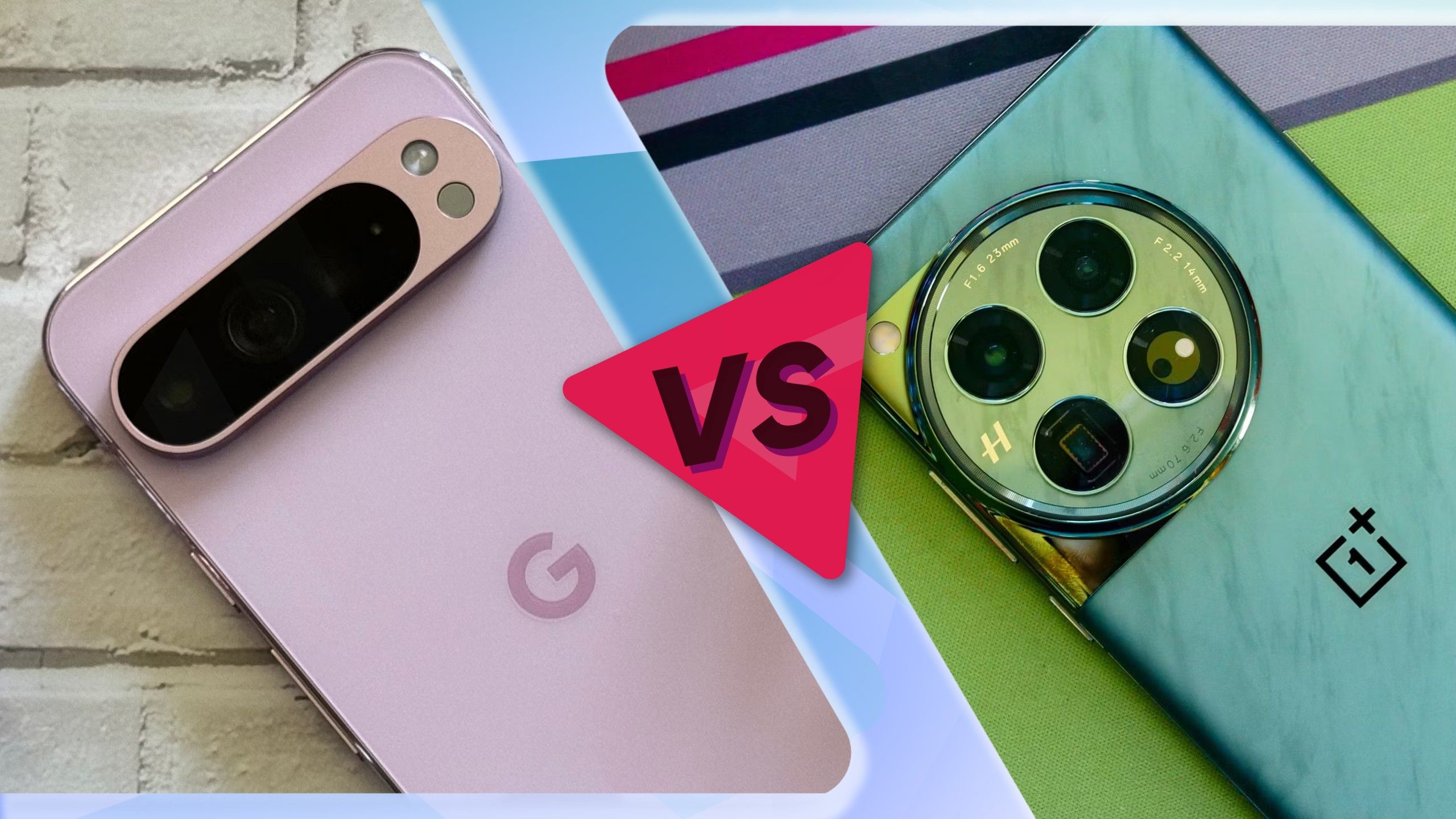Key Takeaways
- OnePlus removed redundant files and preloaded wallpapers in Oxygen OS 15 to make the OS smaller.
- The super partition can temporarily borrow extra space from the user’s storage during major updates.
OnePlus has taken a new approach to managing storage space on its devices. The OnePlus 13 will allow users to gain an extra 5GB of room for apps and files, without having to upgrade to a higher storage model.

Related
Google Pixel 9 Pro XL vs. OnePlus 12: How much does AI matter to you?
Software savvy vs. raw performance
The free space is thanks to Oxygen OS 15, OnePlus’s latest software, which optimizes how storage gets allocated (via Android Authority). While the new tweaks free up extra gigabytes for users, it reduces the space set aside for system updates. But OnePlus doesn’t seem too worried about it.
Here’s the breakdown of how OnePlus did it
The current OnePlus 12 keeps 16GB of storage reserved for its super partition, but the OnePlus 13 reserves only 14.3GB. These numbers were pulled by developer MlgmXyysd, who posts regularly on X.
Previous models of OnePlus devices, like the powerful OnePlus 12, placed Android system files in several dynamic partitions, which were themselves part of a larger, fixed partition known as a super partition. This super partition is sized with future updates in mind to make sure new versions of Android or Oxygen OS will fit. OnePlus has recalibrated this balance with the OnePlus 13.
A leaner Oxygen OS
For starters, OnePlus achieved this optimization by analyzing and reducing superfluous files in Oxygen OS 15. Things like preloaded wallpapers and redundant system resources are gone, but can be downloaded by the end user on demand. Then there’s the super partition itself.
Smaller partitions and compressed files
OnePlus reduced the size of the super partition by roughly 1.7GB. While this will impact space available for future updates, OnePlus will continue to refine Oxygen OS to be leaner. The company also uses compressed file systems like EROFS, which helps.
Dynamic space at play
Google’s Android update framework is also at play here. OnePlus’s approach relies on calculations and storage management techniques guided by Google. The system will be able to borrow space from user storage temporarily during major updates if needed.
The end result is more space allocated to the user partition. Users now have more room for personal files, and the device should update without any hassle, at least on paper.
The numbers were pulled from the Chinese version of the device, while the global device may not have this extra storage. We’ll have to wait until December to see the official launch of the global version.
This could be a subtle yet important breakthrough in how storage is handled by devices going forward. This move positions the OnePlus 13 as a high-storage device. Anyone interested in the base model should be satisfied with the storage on offer when it comes out.






